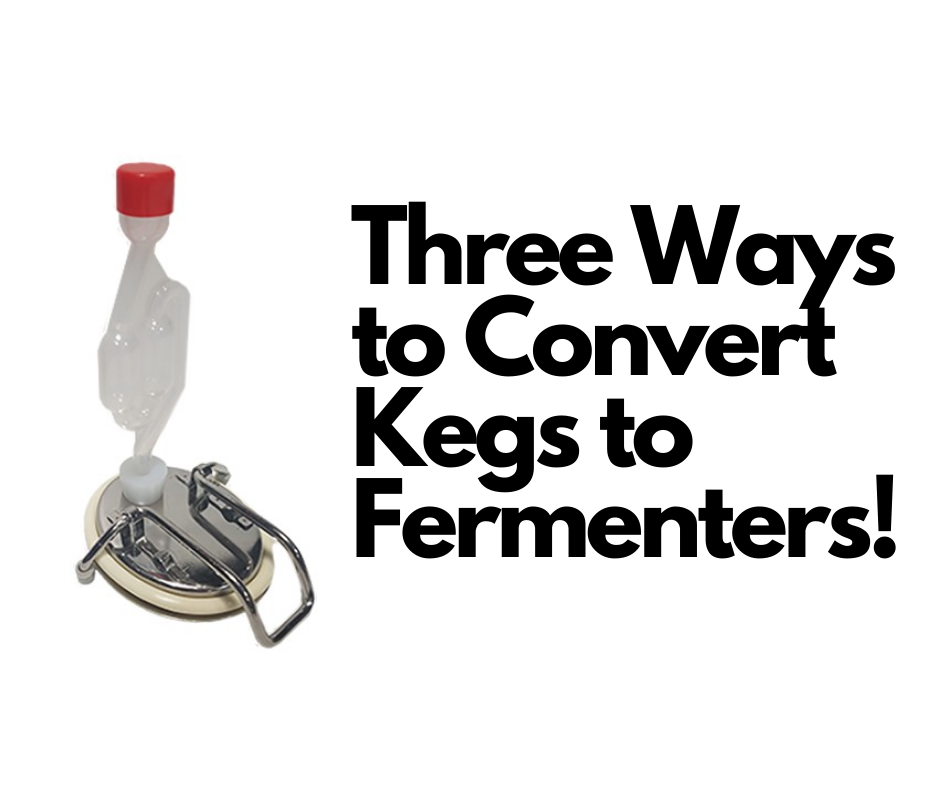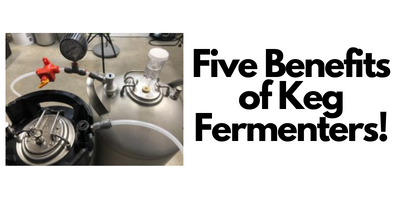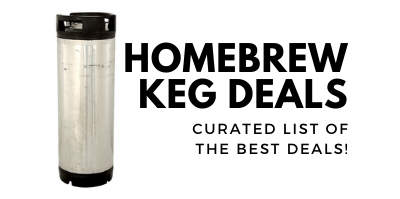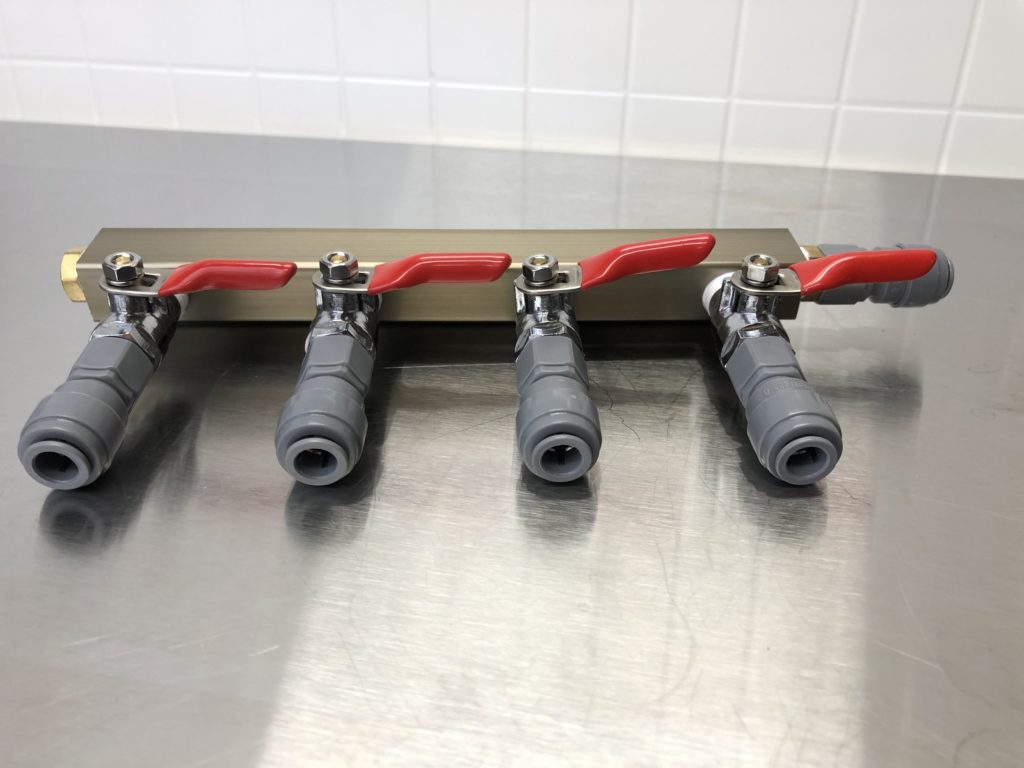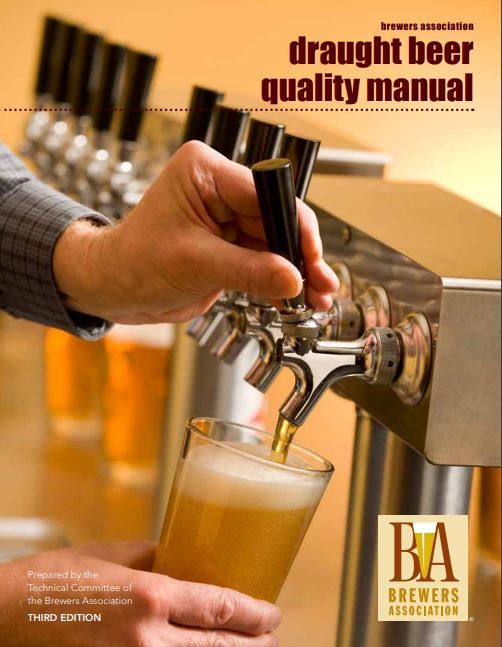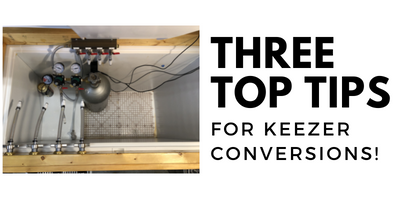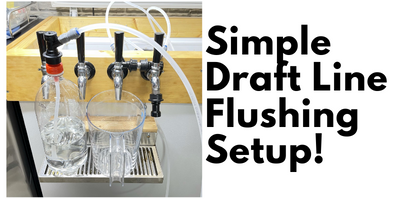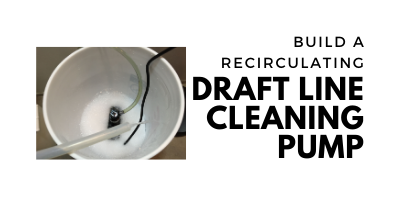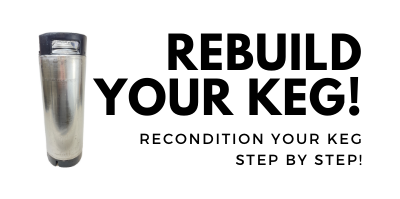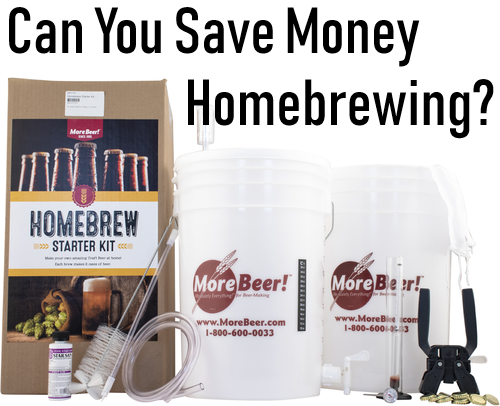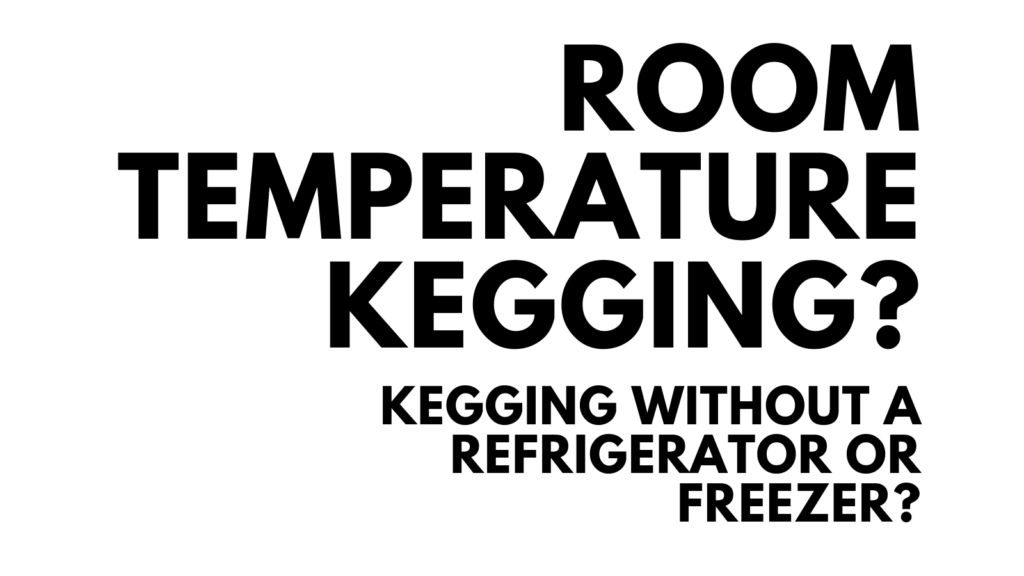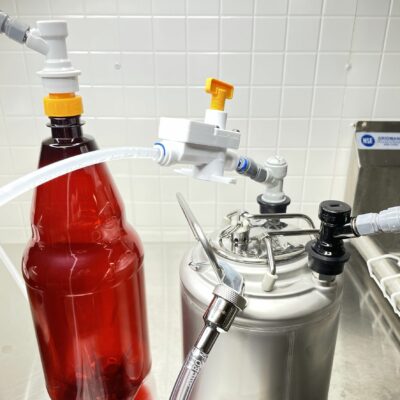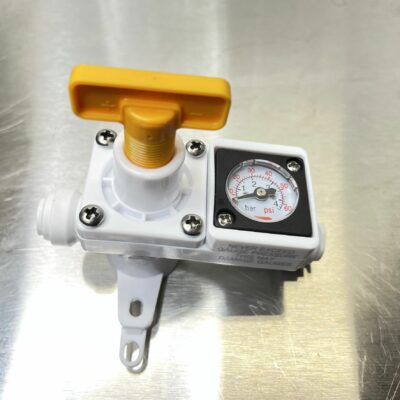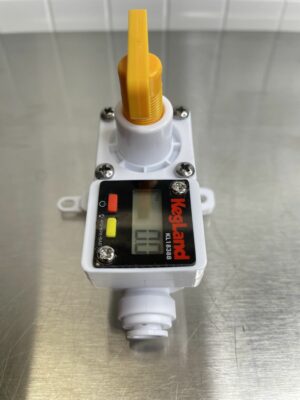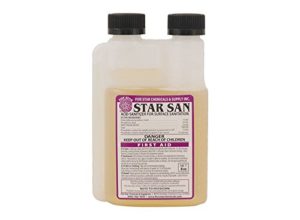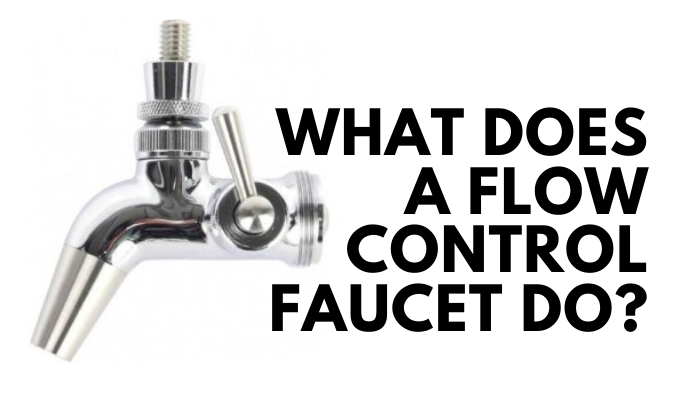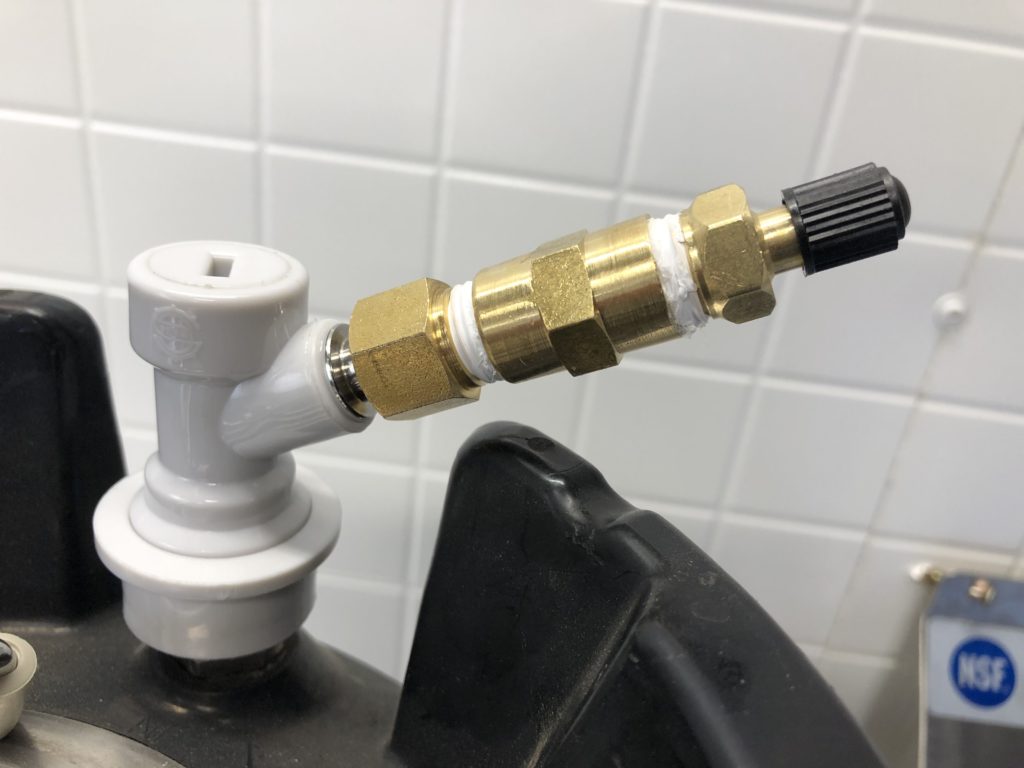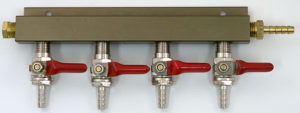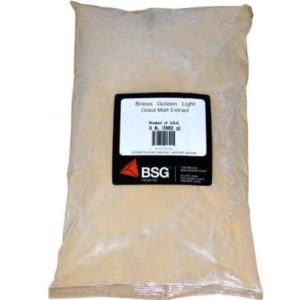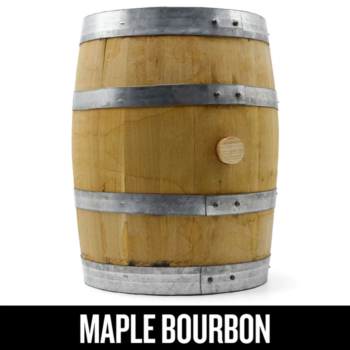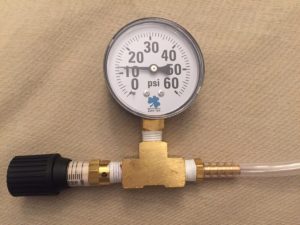
THE Homebrewer’s Gift Guide!
Looking for that perfect gift for the Homebrewer or Craft Beer Lover in your life or… for yourself. Here’s some of our favorite gear!
Need Help? Got a question or looking for a particular gift for your loved one? Email me and I’ll do my best to help.
NukaTap Counter Pressure Bottle Filler
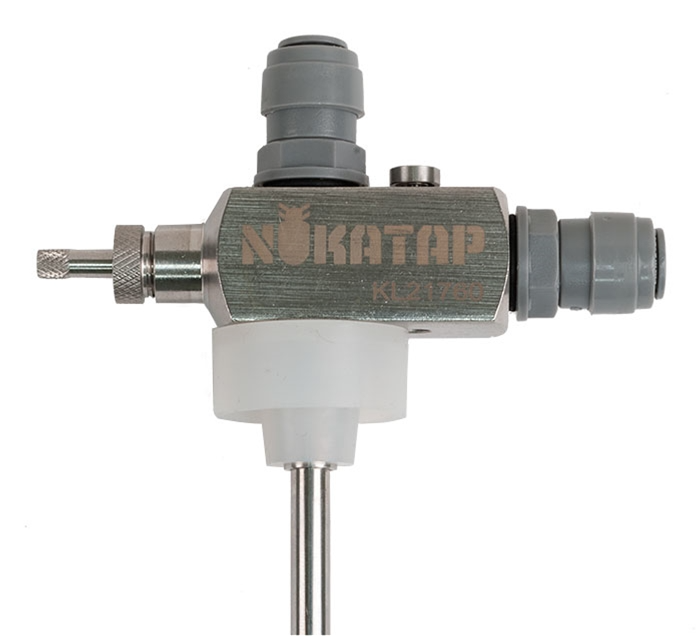
Nukatap Counter Pressure Bottle Filler
More Info
From the product description, check product page for current description, price and availability:
Do you having a kegging system with beer faucet, and want to bottle kegged beer? The Nukatap Counter Pressure Bottle Filler is an easy way to fill bottles directly from your beer faucet while preserving carbonation in the bottle. The O ring sealed beer inlet nipple press fits into any beer faucet with 10.0 mm inner diameter spout/nozzle including Nukatap, Intertap, Perlick Forward Seal, and Ventmatic faucets.
For the gas inlet side, a male ball lock fitting is provided, so you can use any ball lock gas connector to attach the C02 purging gas. This gas should be at the same pressure as your kegerator dispensing gas, and should be connected to your kegerator C02 regulator. Not Included: you will need a spare gas line from your regulator kegging system with a female ball lock on it to connect your purging C02 gas.
The integrated counter pressure relief valve gives you control of the counter pressure and thus the filling speed. How fast the bottle can be filled without too much foaming depends on CO2 level, beer temperature and bottle temperature. Keep everything cold for the best results.
Fits all 16 ounce and 32 ounce ‘Grolsch’ style swing top bottles.
This connects directly to your compatible forward sealing faucet (Intertap, Nukatap and more) and allows you to easily counter fill bottles directly from the tap.
This is DuoTight compatible, although you don’t need to use DuoTights throughout your entire tap system to use it.
Nukatap’s Counter Pressure Bottle Filler
Compare: Nukatap Counter Pressure Bottle Filler via MoreBeer
Learn More… Hands on Review Nukatap Counter Pressure Bottle Filler!
A New Hop!
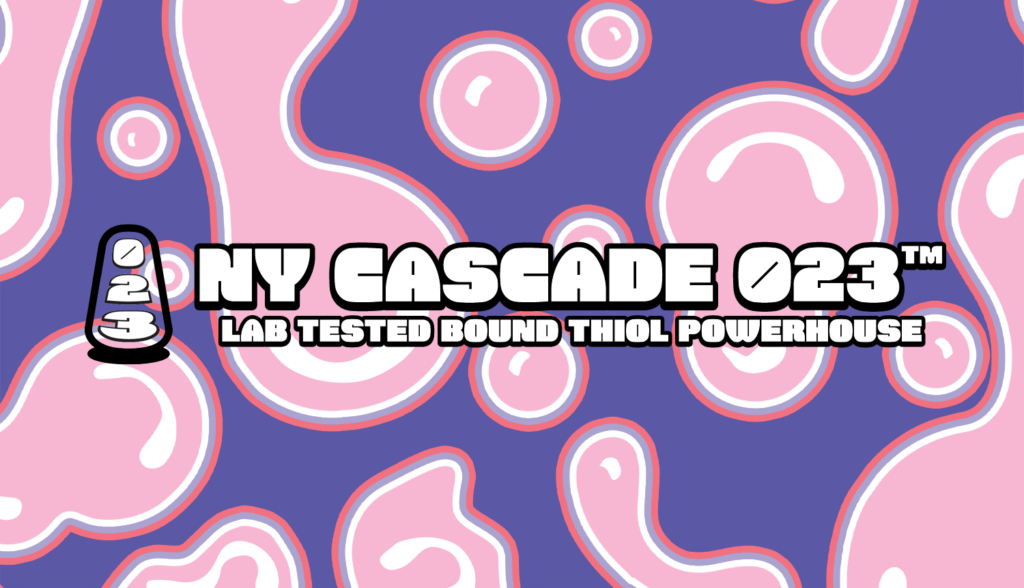
NY Cascade 023™ Hops | Citrus, Tropical, Floral | Ultra High Thiol | T-90 Hop Pellets
via MoreBeer
From the hop description, check product page for current description, price and availability:
- NY Cascade 023™ is a powerhouse of flavors for thiolized beers thanks to the special terroir of New York State
- With a higher bound thiol precursor count than typical Cascade, 023™ has huge flavor and aroma potential when used in tandem with a thiolized yeast strain
- Highly recommended for Mash Hopping. Maximize flavor and aromas while minimizing bitterness
- When used with thiolized yeast, flavors are noted to be tropical, red berry, and melon
- When not used with thiolized yeast, flavors are noted to be citrus, tropical, and floral
NY Cascade 023™ Hops | Citrus, Tropical, Floral | Ultra High Thiol | T-90 Hop Pellets
Continue reading →





